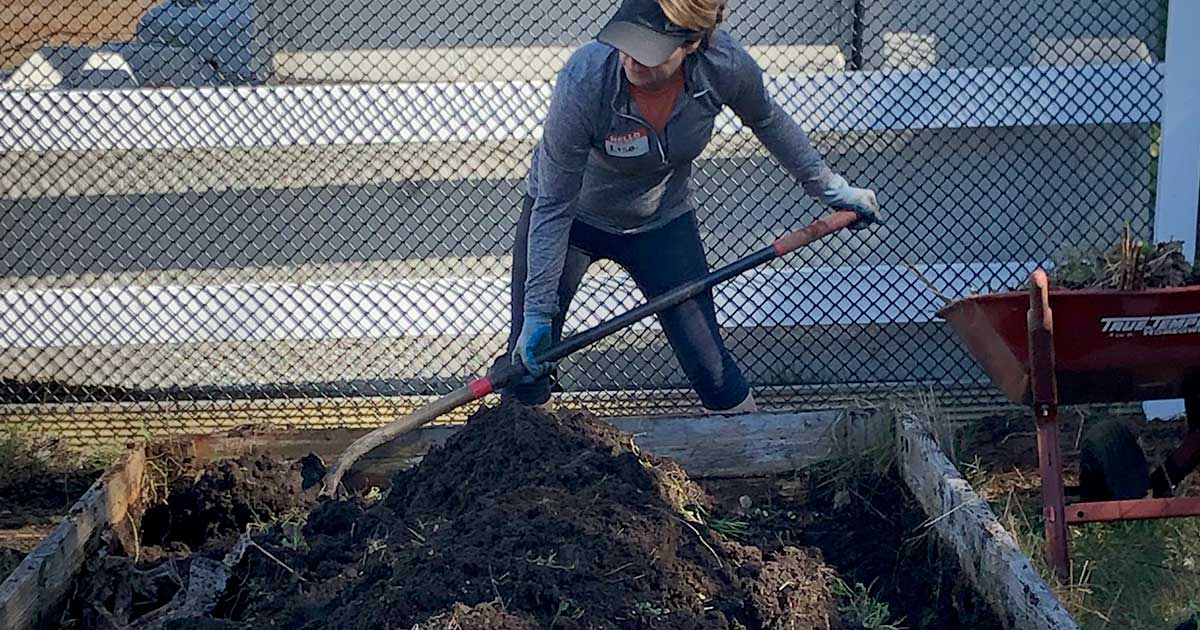
Fall is in the air, kind of…The heat is saying otherwise, but still, it’s coming so let’s prepare those garden beds for fall planting and clean ups!
First thing is first…Clear out those beds of all the summer veggies! This helps with what I like to call “the tomato/squash rot.” Every year, we see beds that haven’t been harvested all the way. As a result, the flies and pests move in to feast on the rotten, fallen fruits and vegetables. We don’t want pests to nest down, lay eggs, and stay in the soil. So, for the health of your bed and the gardens around you, start your clean up and compost all the plant matter.
I also like to do a quick bed turnover with shovel and hoe—just to remove the weeds and look at the earthworms. The sign of the worm is a good sign. (And yes, that’s a partial Dune reference. Hail the Maker!)
All those tomato stakes and vining products can be put away for the season. Most of the veggies you will plant for fall and winter won’t need them. It’s also good to store them away because the weather will wear down materials, ultimately forcing you to re-buy the products again.
Once things are cleared and looking fresh, you can start planting again. Note that if you’ve planted fall/winter squash, keep those babies fertilized and happy!
Also, on the note of Dahlias…They are still blooming, so keep cutting! Remember, you’ll want to bed or dig up your tubers once the second killing frost hits. You can tell because all your stems/plants will be black and wilted. More on this later.
Fall and winter gardening consists of two things: planting hardy veggies that don’t need a ton of sun/heat and preparing seeds for a frost. Here is a list of veggies to plant and seeds to start:
Kale, broccoli, turnips, beets, cabbage, Brussel sprouts, carrots, celery, lettuces, spinach and Swiss chard have had success in our gardens during this time of year.
Poppies, larkspur, tulips and black-eyed Susans need frost in order to germinate, so start these flower seeds as we move into winter. Make sure to get those narcissus bulbs as well as the ranunculus and anemone corms into the ground before the first frost comes. During this time, I also plant my onions and garlic.
For the Dahlias, our weather is mild enough to leave in the ground if you don’t want to dig up and divide your tubers. Consider using hay to keep them warm and not as wet. If we do happen to have a wet winter, you might risk your tubers rotting.
Fall is such a great time to garden. There’s still a lot of prepping and harvesting to do, however, the temperatures outside are more bearable. Hope this was helpful in getting you excited about your garden in the next seasons.





